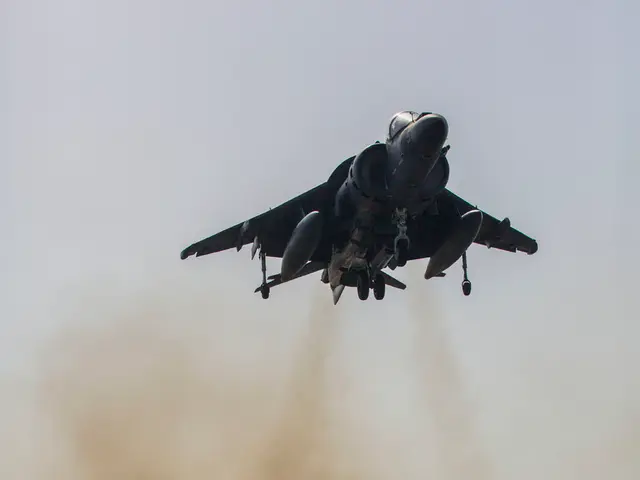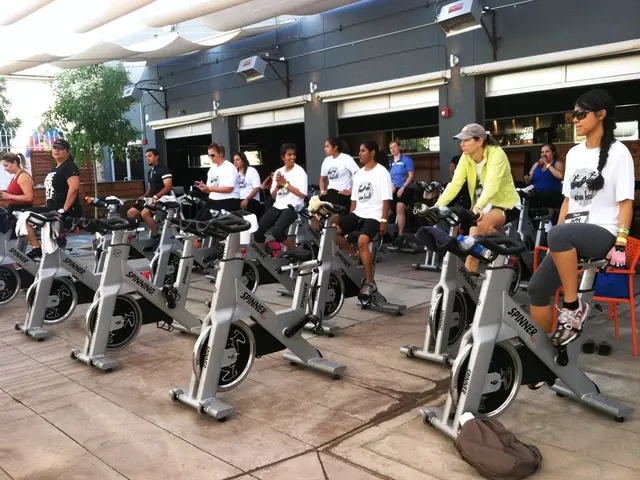A fractured rib refers to a broken rib, a medical condition typically caused by severe trauma to the chest area.
A fractured rib is a common injury that occurs when one of the bones in the rib cage breaks or cracks, often due to trauma, intense coughing, osteoporosis, repetitive movements, or stress fractures. Here's what you need to know about this injury.
Common symptoms of a fractured rib include pain, swelling, difficulty breathing, crepitus (a grating sensation or sound), and bruising around the injured area. In some cases, a fractured rib can lead to complications such as pneumothorax, pulmonary contusion, and respiratory failure. Pneumothorax is the accumulation of air in the pleural cavity, which can cause chest pain, rapid heart rate, and low blood pressure.
For athletes or individuals with active lifestyles, it's essential to discuss fractured rib recovery time and return-to-play guidelines with a healthcare provider. Recovery from a fractured rib can take 6 to 8 weeks, but it's crucial to follow proper care guidelines and attend regular follow-ups to ensure a smooth recovery. Conservative treatment options include rest, pain management, ice therapy, breathing exercises, and a gradual return to activity.
The primary cause for the worldwide highest number of rib fractures in the elderly is their increased bone fragility and comorbidities that make bones more susceptible to fractures upon impact. Age, gender, previous injuries, high-impact activities, chronic health conditions, smoking, and underlying health conditions like osteoporosis can increase the risk of rib fractures.
In some cases, a fractured rib can lead to an infection, with signs including fever and increased pain at the fracture site. If a fractured rib is not healing or if you experience increased pain, difficulty breathing, or other concerning symptoms, consult a healthcare professional for further evaluation and treatment options.
Medical interventions for fractured ribs may involve prescription pain medications, physical therapy, and surgery in severe cases. Stress fracture, a small crack in the rib caused by repetitive stress rather than a single traumatic event, may require similar treatments.
Proper nutrition, such as a balanced diet rich in calcium, vitamin D, and protein, plays a significant role in fractured rib healing. Delayed healing of a fractured rib can be influenced by factors such as age, overall health, and lifestyle choices, requiring longer recovery times.
It's essential to seek medical attention for a fractured rib to prevent complications and ensure proper healing. Severe pain, shortness of breath, signs of infection (fever, chills, increased swelling), and worsening symptoms should prompt medical attention. Seek medical attention immediately if you experience severe pain, difficulty breathing, signs of infection, or any other concerning symptoms related to a fractured rib.
In conclusion, understanding the symptoms, causes, and recovery processes of fractured ribs can help individuals take the necessary precautions to prevent this injury and seek proper medical attention when needed. Always consult with a healthcare professional for a proper diagnosis and personalised treatment plan.
Read also:
- Parliamentary Meetings in the Federal Diet of Germany this Week
- Proposal request for a worker radiation protection directive, addressing the risks associated with ionizing radiation exposure, put forth by the Commission.
- All individuals aged 75 and above to be incorporated in Respiratory Virus (RSV) prevention program, set to commence in September.
- Regulation Implementation Rules to be Established by the Commission for Enforcement Purposes





